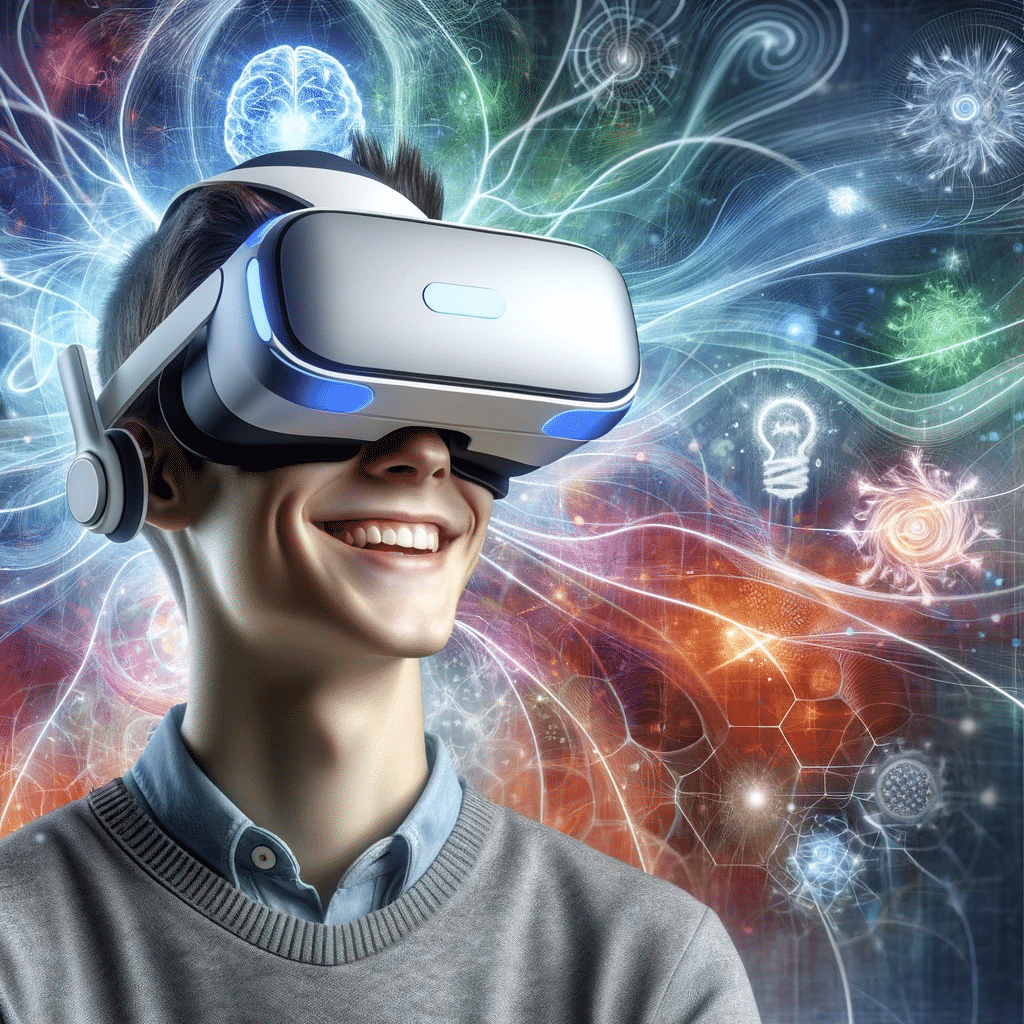
The majority of us learn best when seeing and doing, as such there’s nothing better than an immersive simulated experience to help promote long-term assimilation of knowledge and skills.
When we are presented with information in an engaging and exciting format, such as the fantastical scenarios in Campus-XR, neurotransmitters; dopamine, norepinephrine and serotonin are stimulated. Collectively they enhance learning by optimising memory, attention and mood – functions crucial to the long-term acquisition of new information and skills in the developing, highly neuroplastic brain, of a young person.
Campus-XR incorporates “6 degrees of freedom”, which means each learning environment can be fully traversed and explored, just like real life, it’s not a passive experience or a 360-degree guided tour like other Virtual Reality experiences . Learners can make their own choices, pick up objects, shake hands with their friends and walk or fly around (using jet packs), exploring and learning whilst having fun!

- Dopamine reinforces rewarding experiences and enhances attention and motivation.
- Serotonin regulates mood and cognition, creating a conducive mindset for learning.
- Norepinephrine increases alertness and arousal, making the brain more receptive.
Interested to learn more?
Learn more about the Campus-XR and for more information about the product visit the Campus-XR website and if you are interested in learning about investment opportunities contact Kester Russell, Bradfield College’s Commercial Director on krussell@bradfieldcollege.org.uk


